What You Need to Know about Winch Motor
How is it going guys, welcome to OPENROAD class again! We have shared knowledge about the winch guide before, this time we would like to elaborate on something about electric winch motor in this article. When you look at fundamental differences in common electric winches, a few important components and design characteristics stand out. Of the differences in common winches, the motor and the gear train are the top two design differences that will determine the quality and stamina for an intended use. The motor will vary in motor type and in the horsepower rating. The gear train will vary with different types of gear systems, each with their own characteristics and benefits. Both the motor and gear train work together resulting in the final rating of an electric winch. Understanding these important fundamentals will help you understand what winch you should buy.
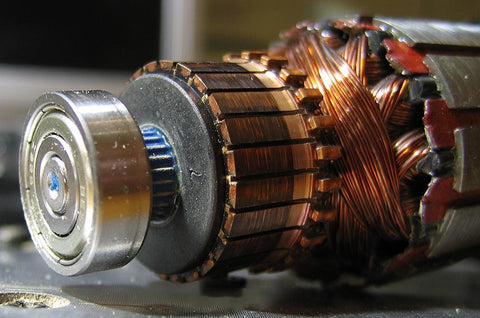
Winch Motor Type
Winches use two types of DC motors, Permanent Magnet Motors and Series Wound Motors. All electric DC winch motors consist of one set of coils, called an armature, inside another set of coils or a set of permanent magnets, called the stator. It is the job of the stator to produce a magnetic field which will cause the rotor (or armature) to rotate when an electric current flows through it. Applying a voltage to the coils produces a torque in the armature, resulting in motion. With all types of motors, the higher the horsepower rating, the more toque and power the motor will have. The winch rating is a combination of motor torque and gear train gear ratio reduction. Motor horsepower has a direct effect on both line speed & pulling power.
Permanent Magnet Motors
In a permanent magnet motor, the stator uses permanent magnets and there are no field coils. With permanent magnet motors, the drain on your battery tends to be less than series wound motors, which uses field coils in the stator rather than magnets. Permanent magnet motors are better suited for light to medium duty winching because they tend to generate more heat and overheat. Winching time & load should be carefully monitored as they have the tendency to overheat. The magnets in permanent magnet motors can loose their field strength over time and repeated use.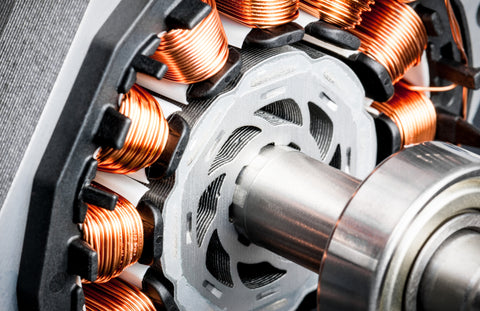
Series Wound Motors
With a series wound motor, the field coils are connected in series with the armature coil. Series wound motors are powerful and efficient at high speed and generate the most torque for a given current. A series wound motor will uses more current over a permanent magnet motor because they use field coils to generate a magnetic field. Series wound winches are heavier duty winches, and tend to be more expensive.
A permanent magnetic motor will pull the same as a series wound motor, at at less of an amperage draw on the battery and charging system. However, as the permanent magnet motor gets warmer, the power will drop as the amperage draw will increase. The amperage draw on a series wound motor will stay the same throughout the duty cycle.
Winch Ratings
Most winch ratings are generally limited by the maximum amperage draw, with right around 400 being the cut-off point. Anymore than that would most likely damage the power source or charging system. In order to reduce the amperage usually the gear ratio will need to be increased numerically, to relive the motor from the increasing stress, however, this will also reduce the line speed at the same time.


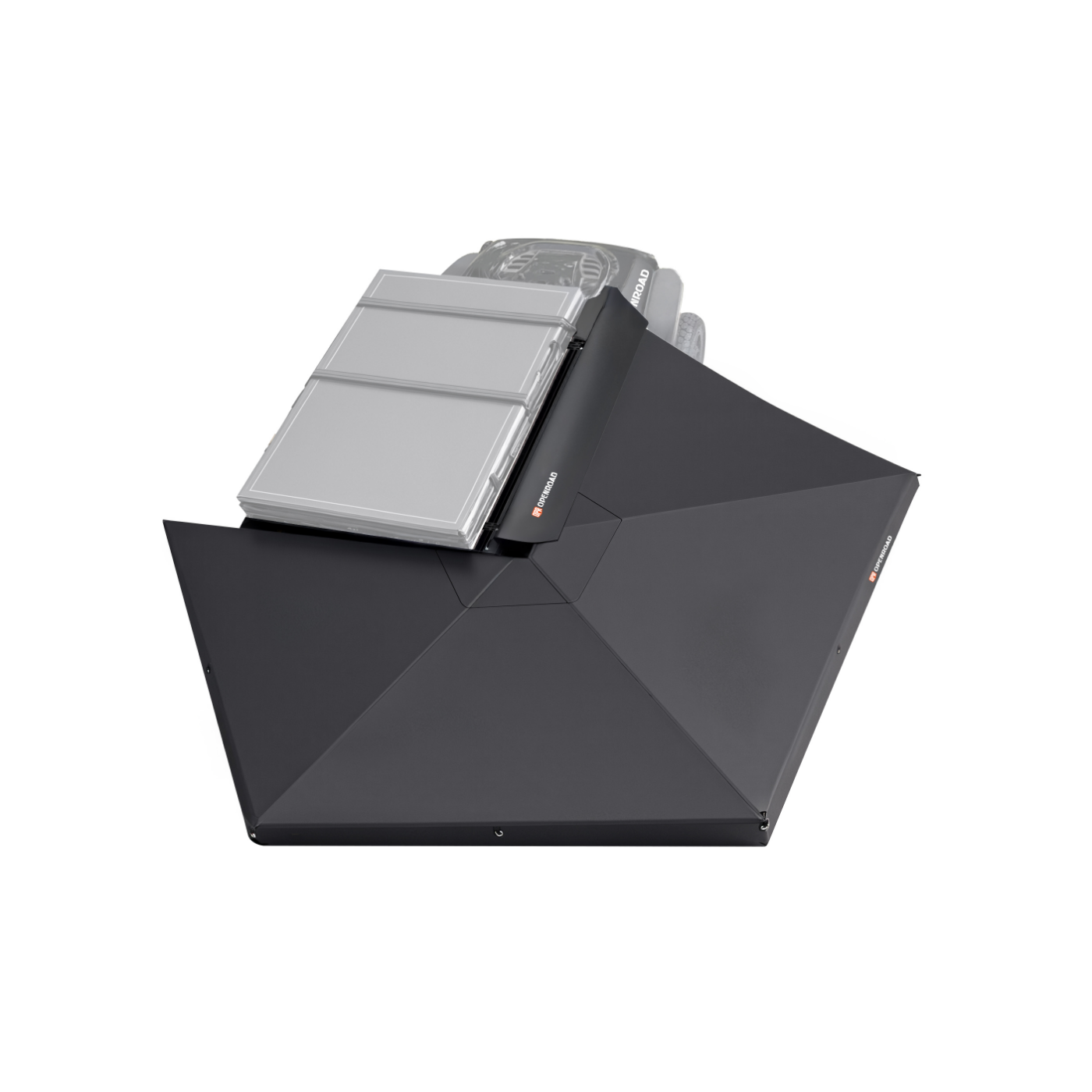
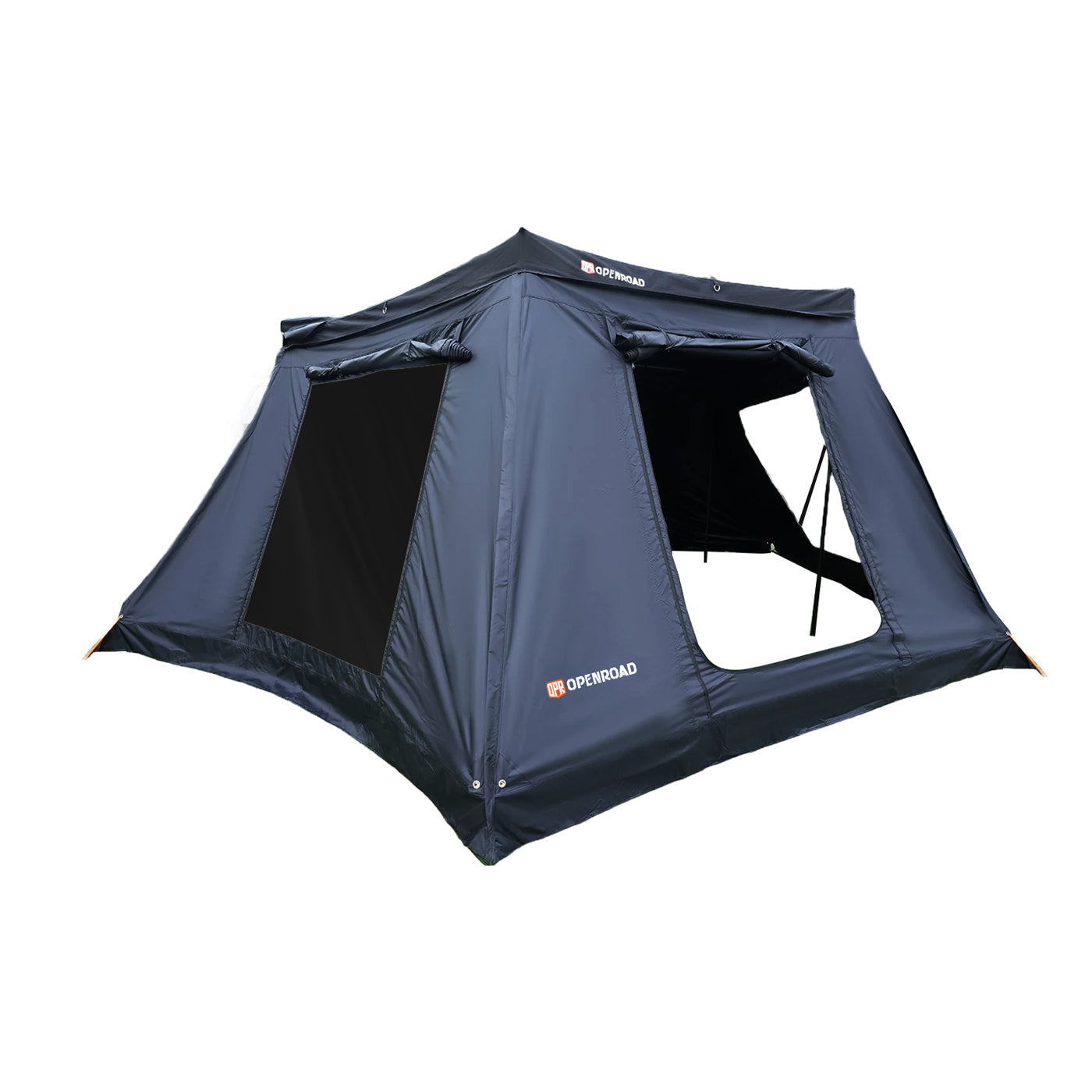
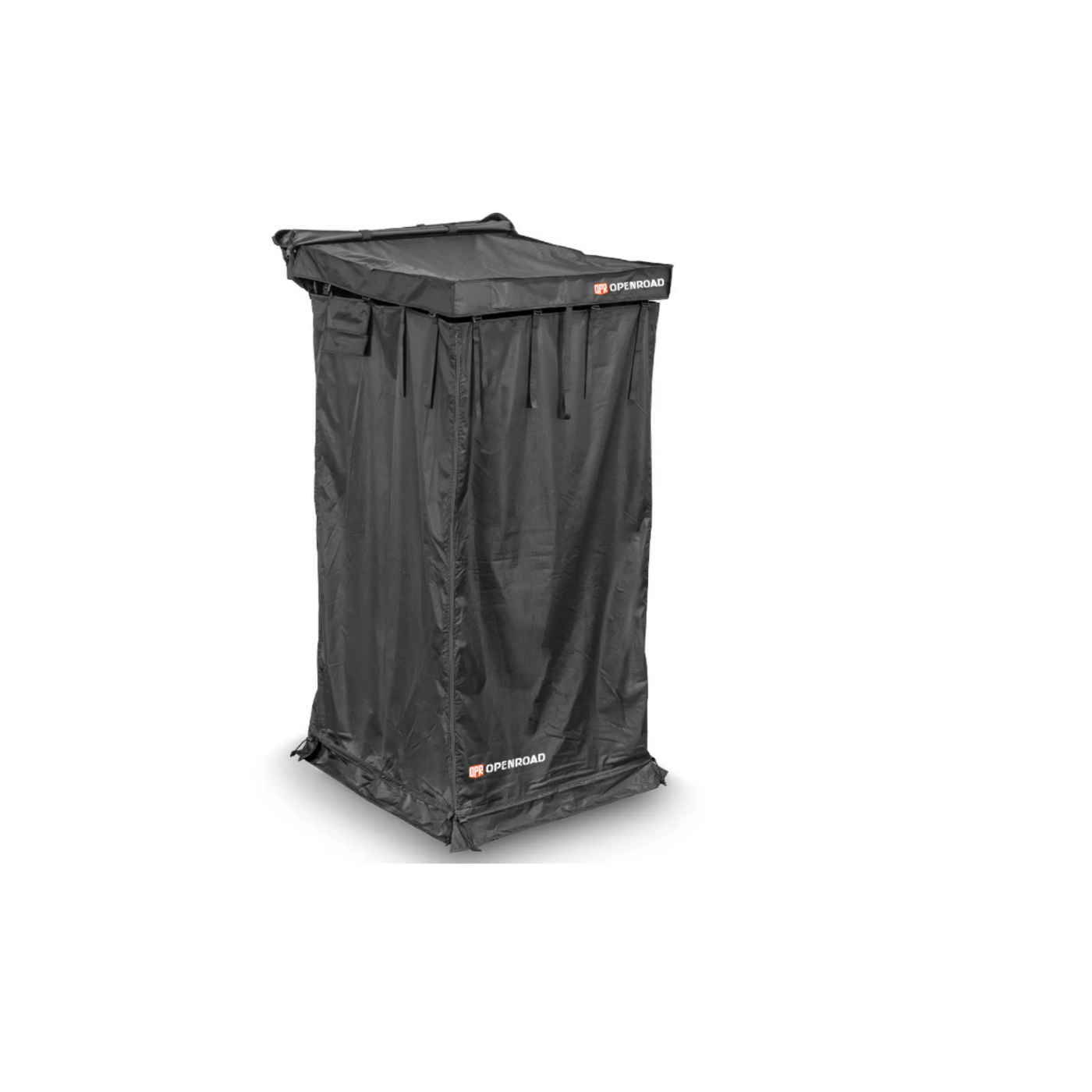
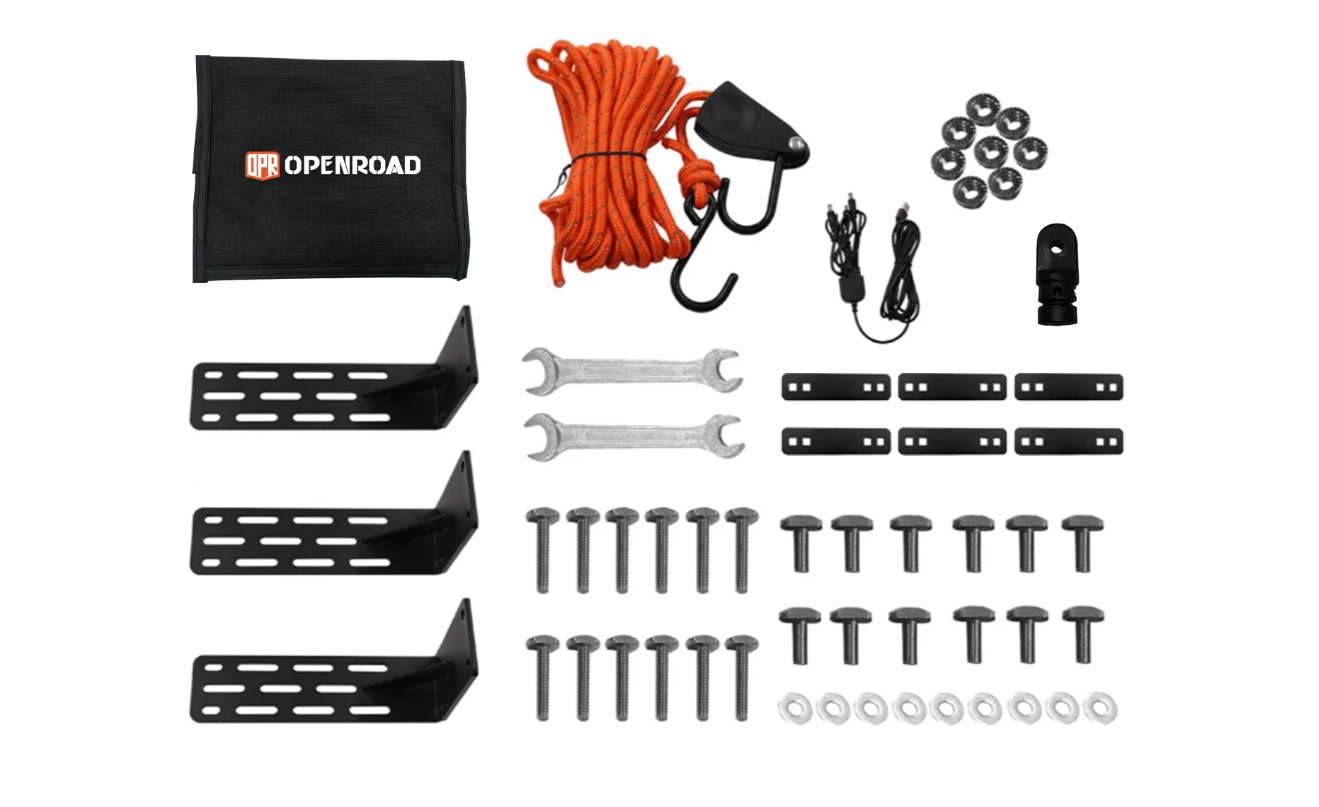
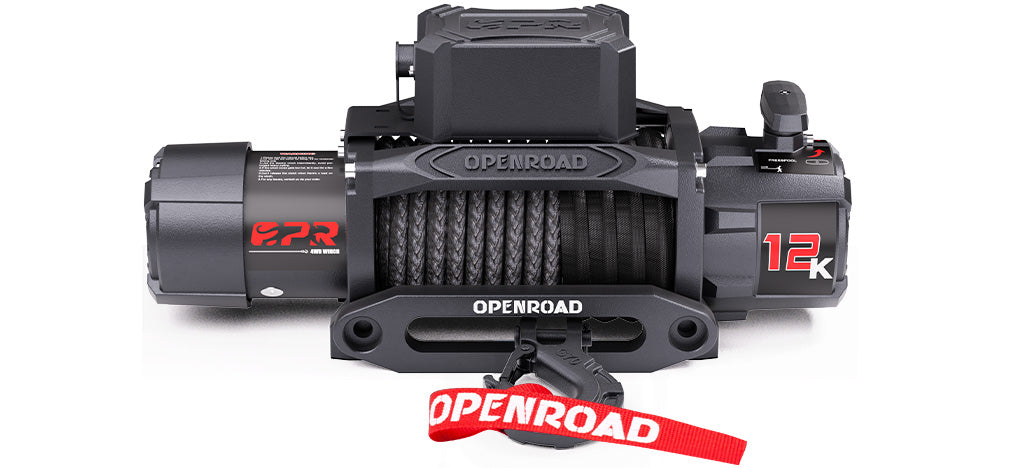
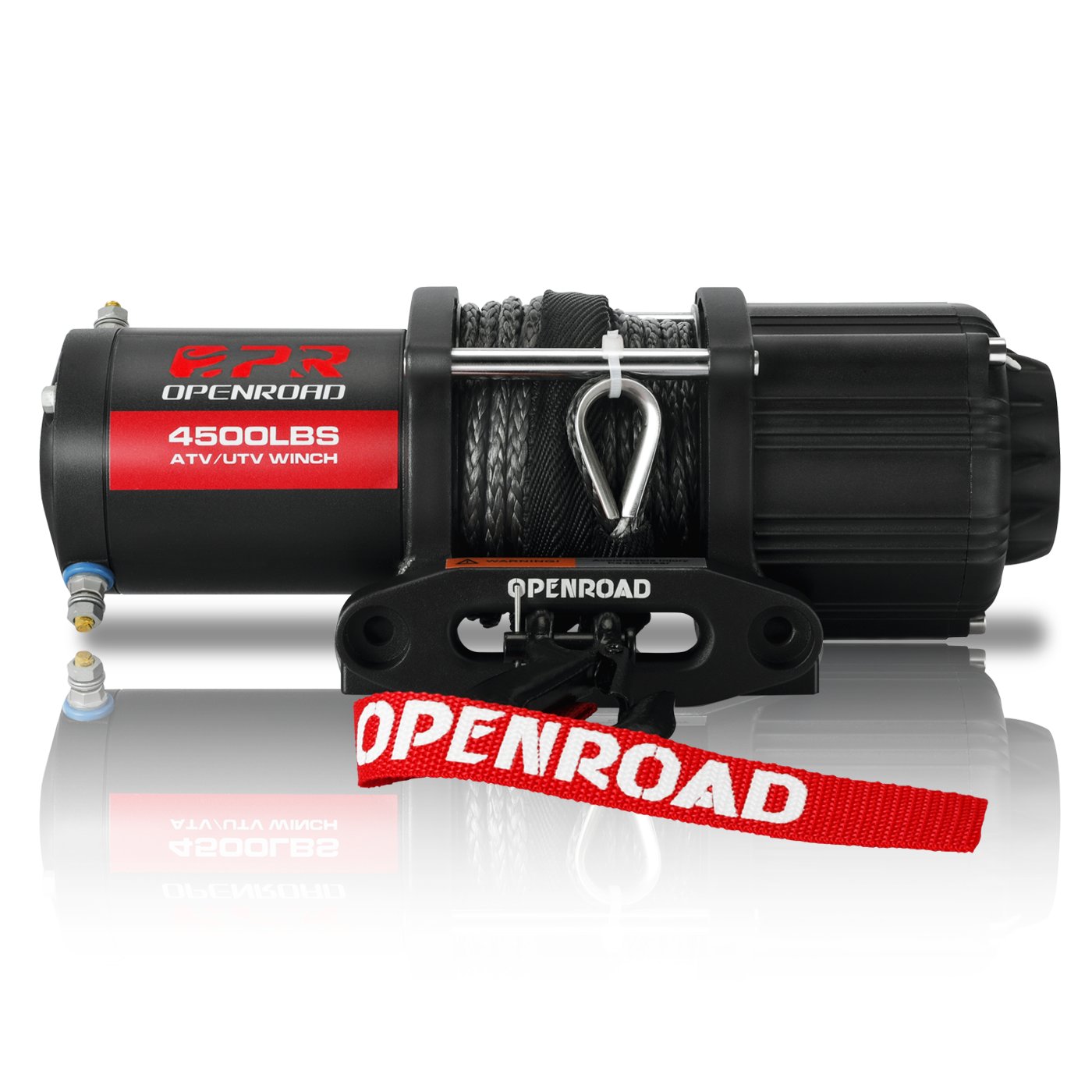
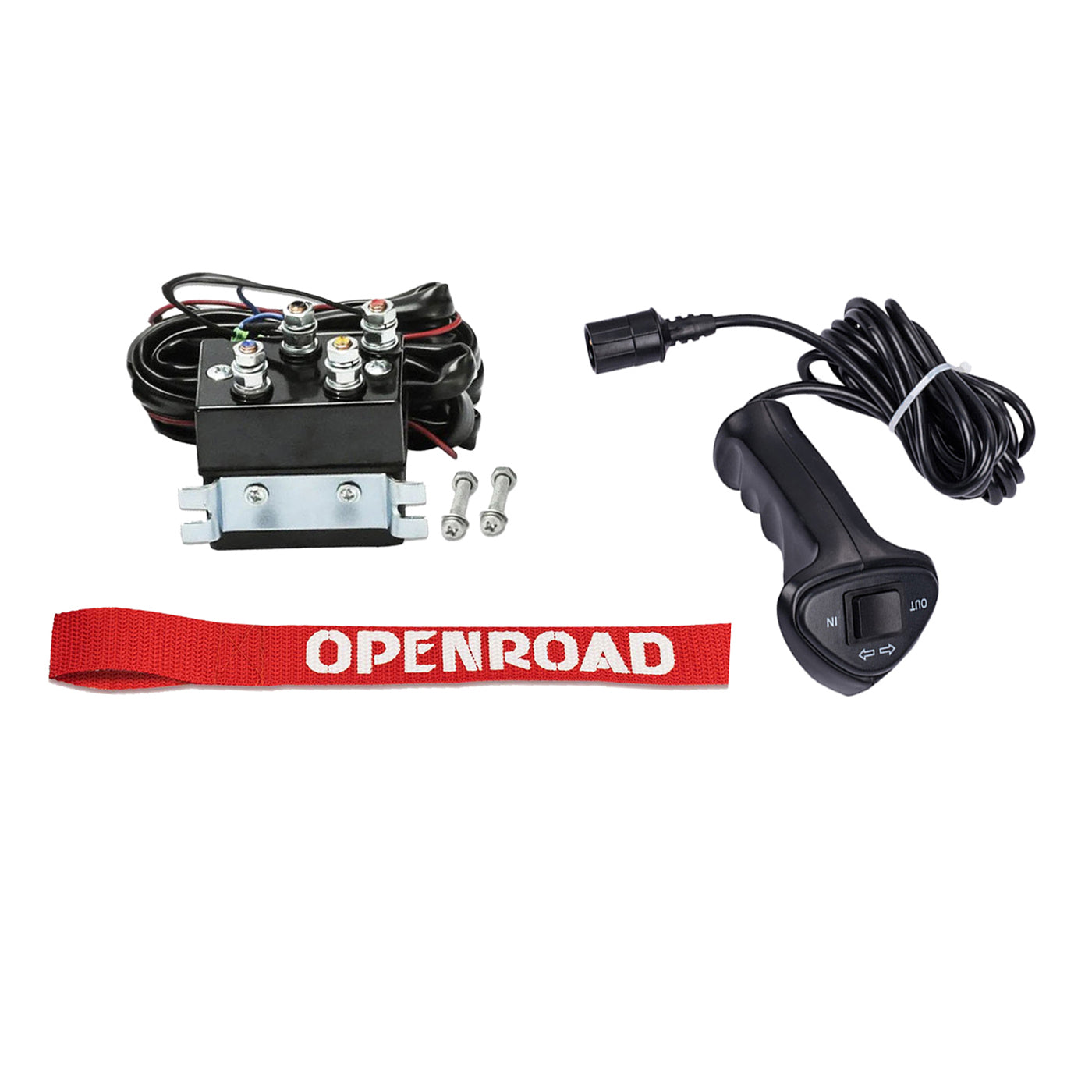
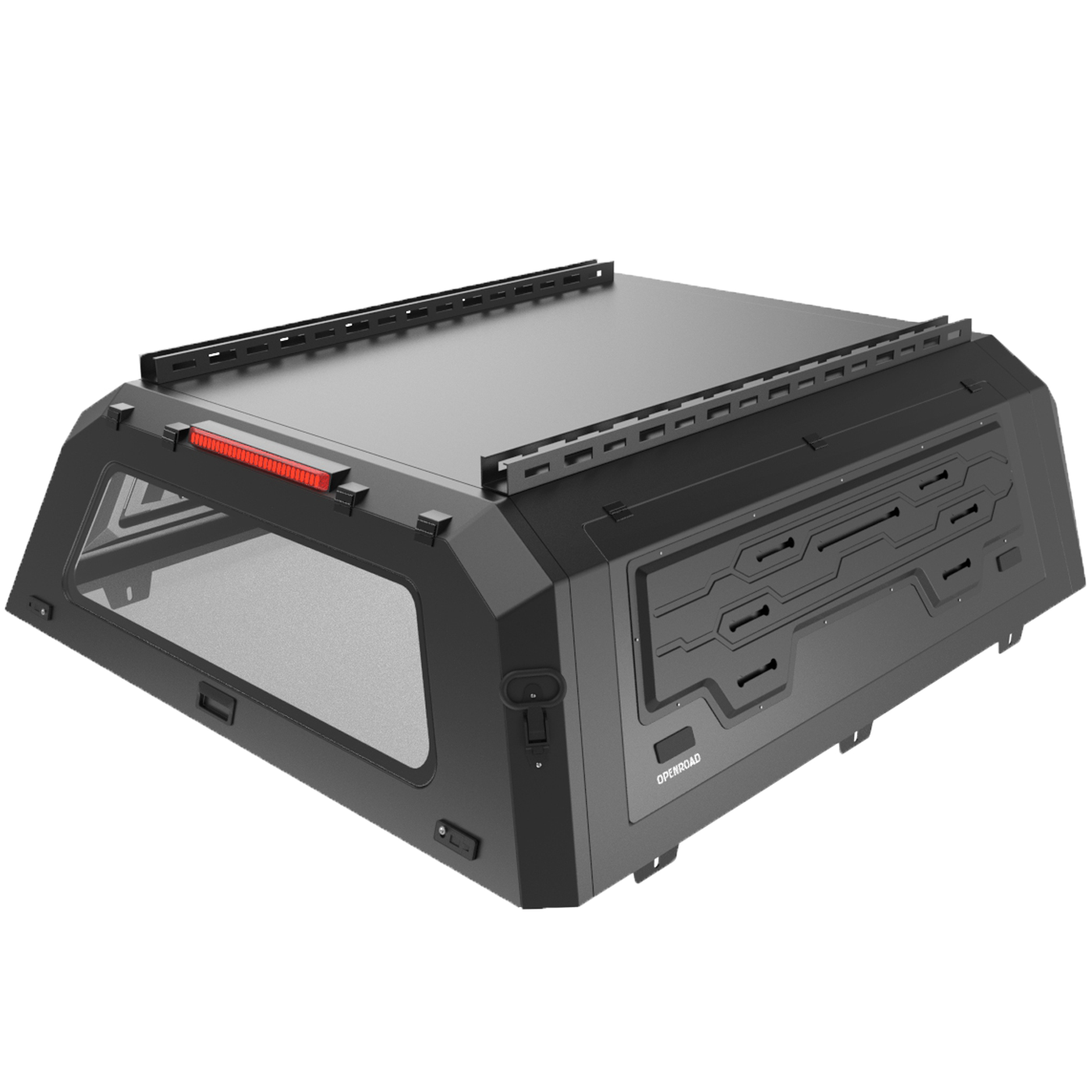
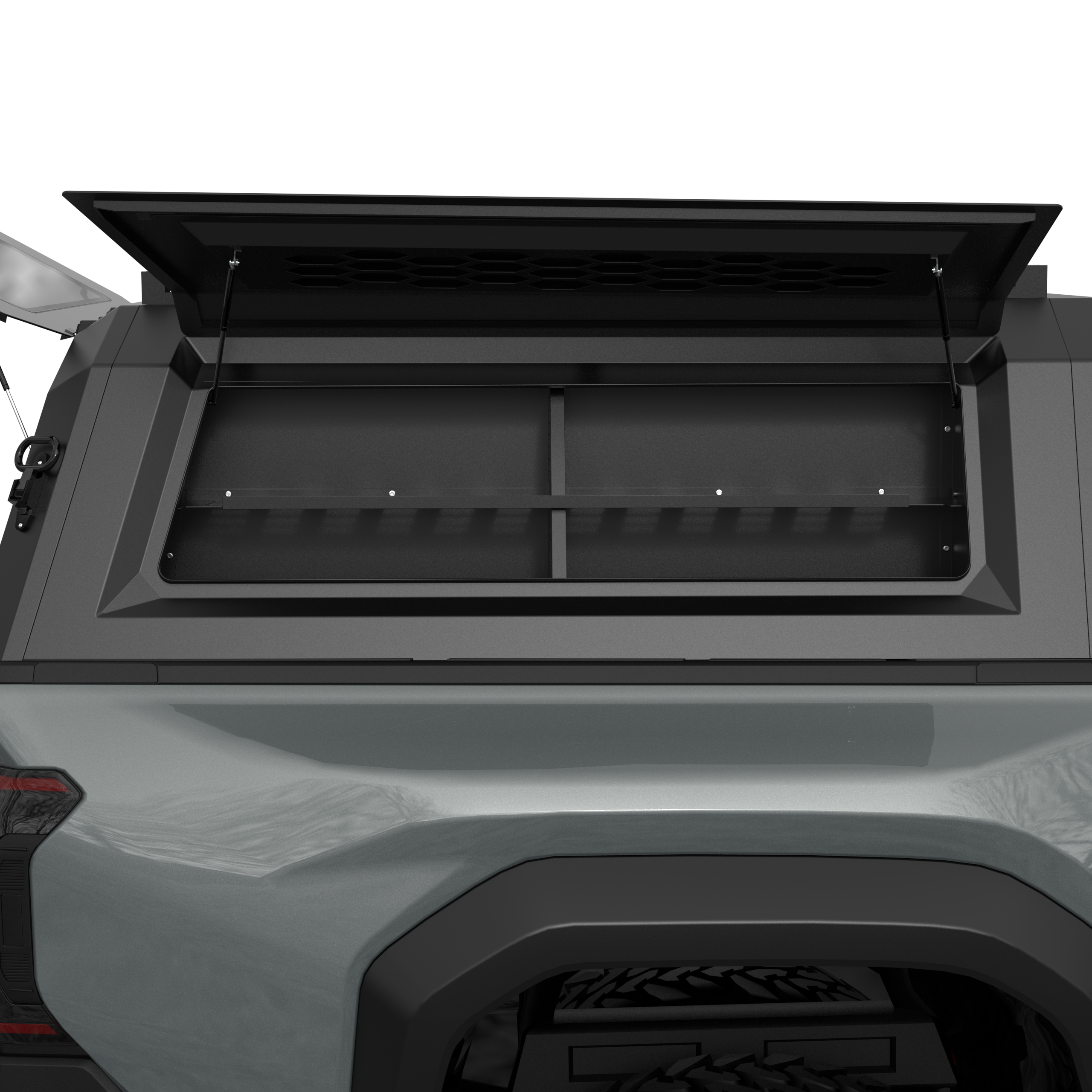
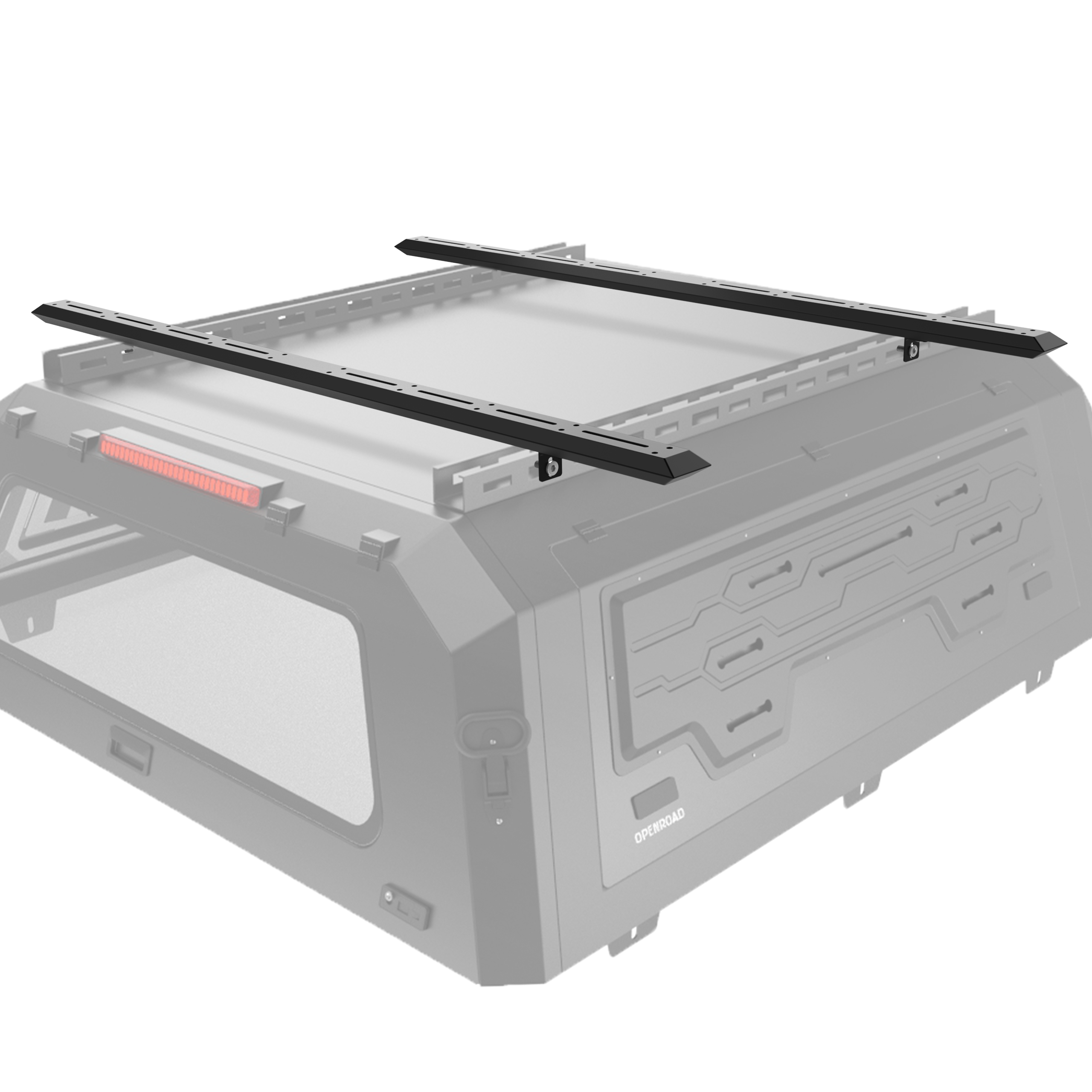
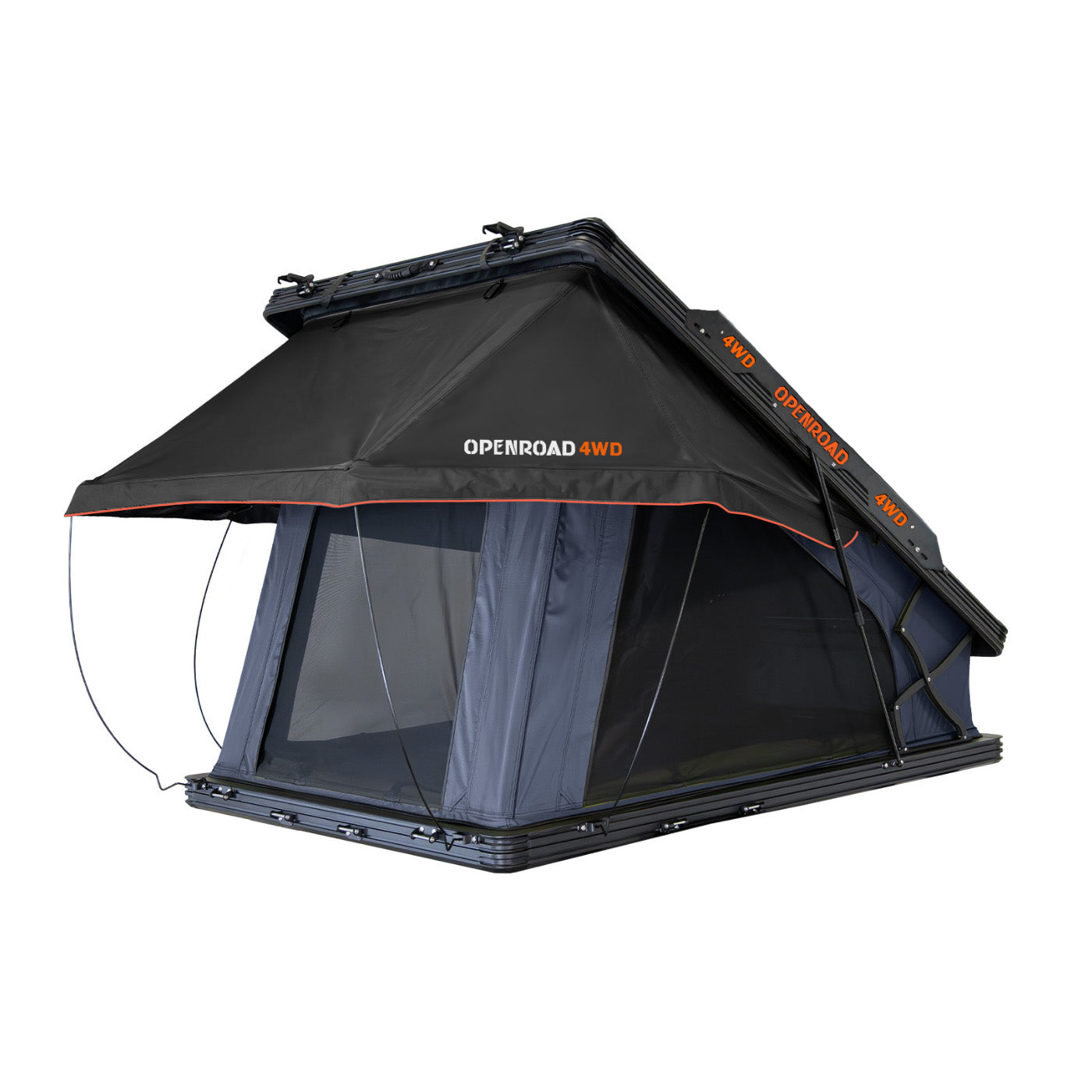

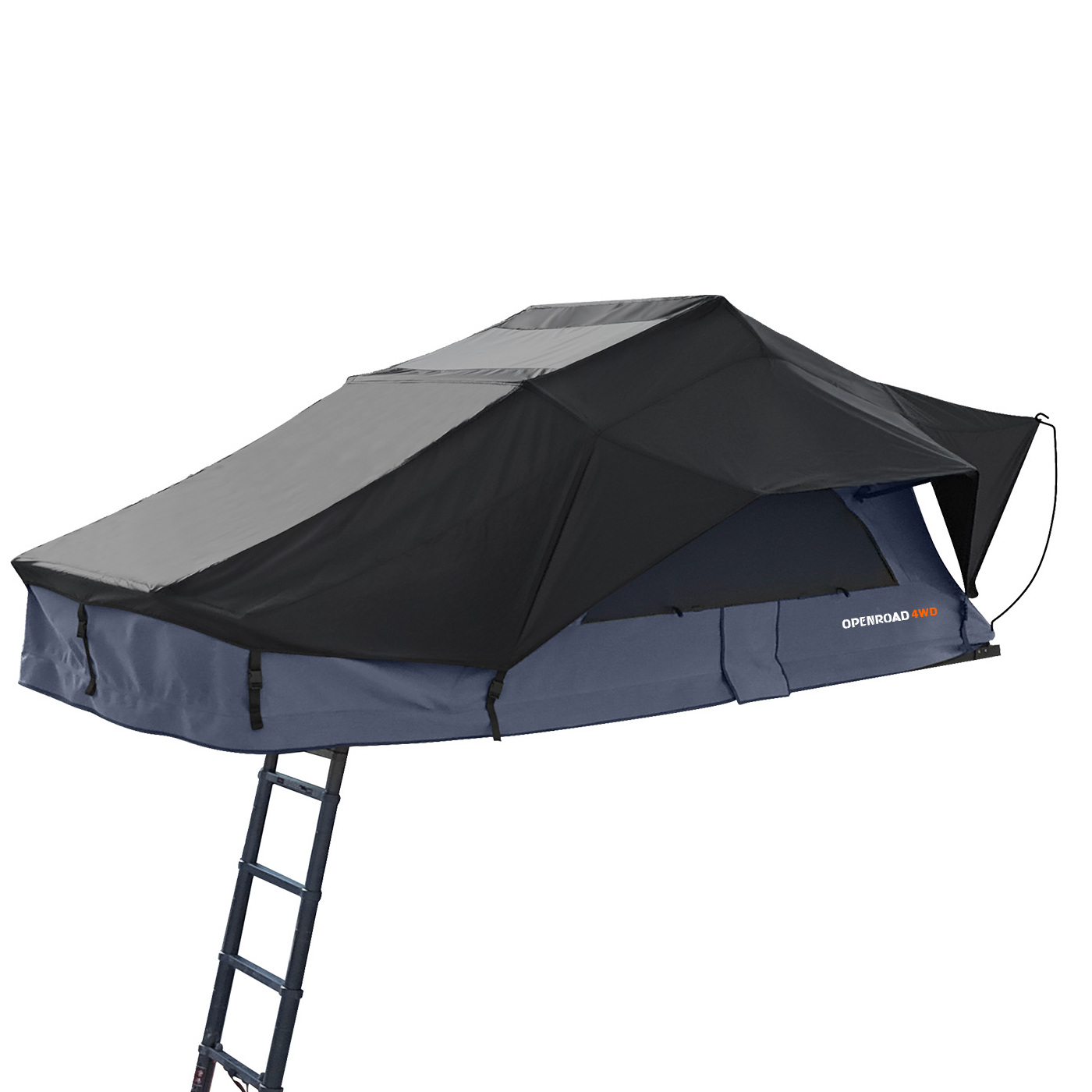
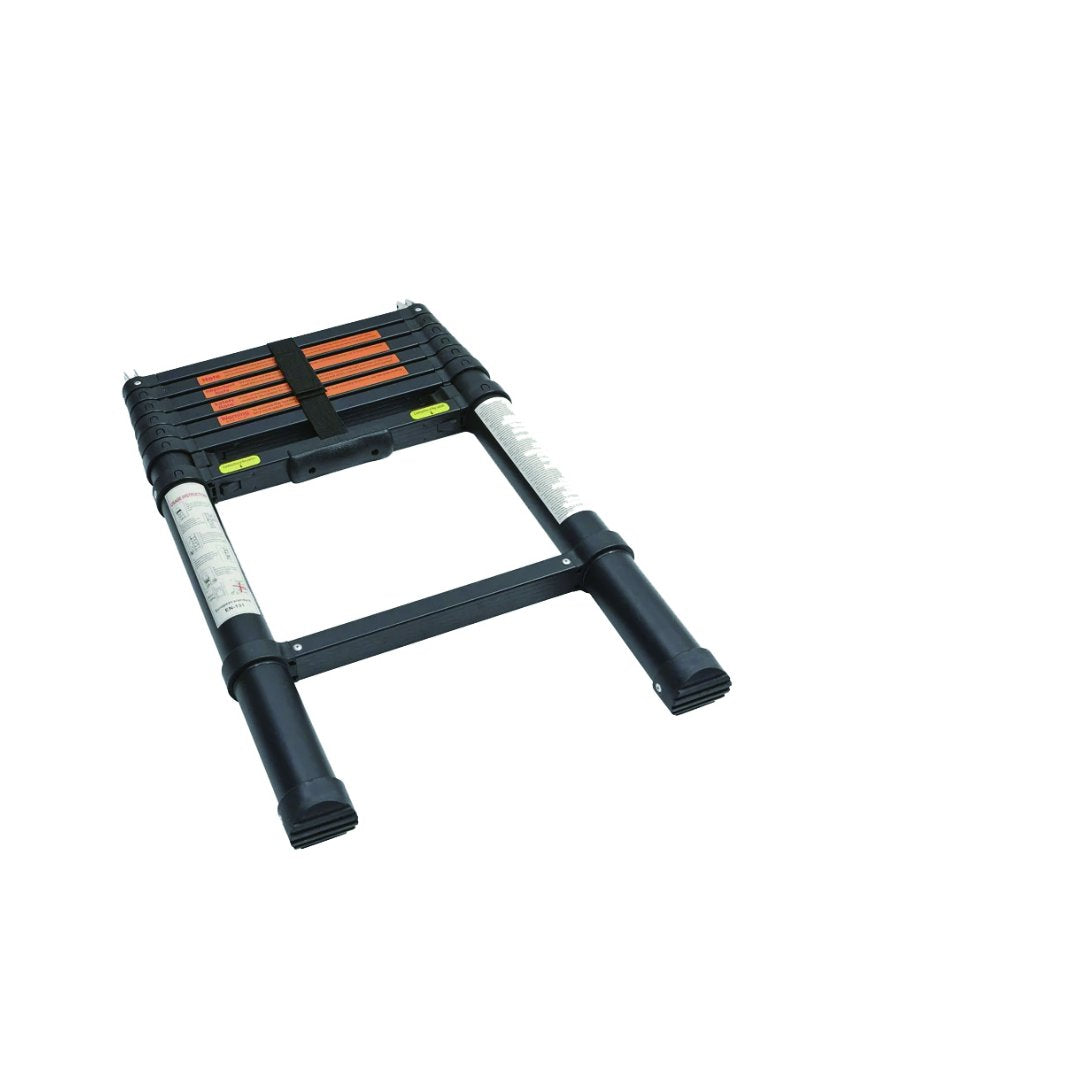
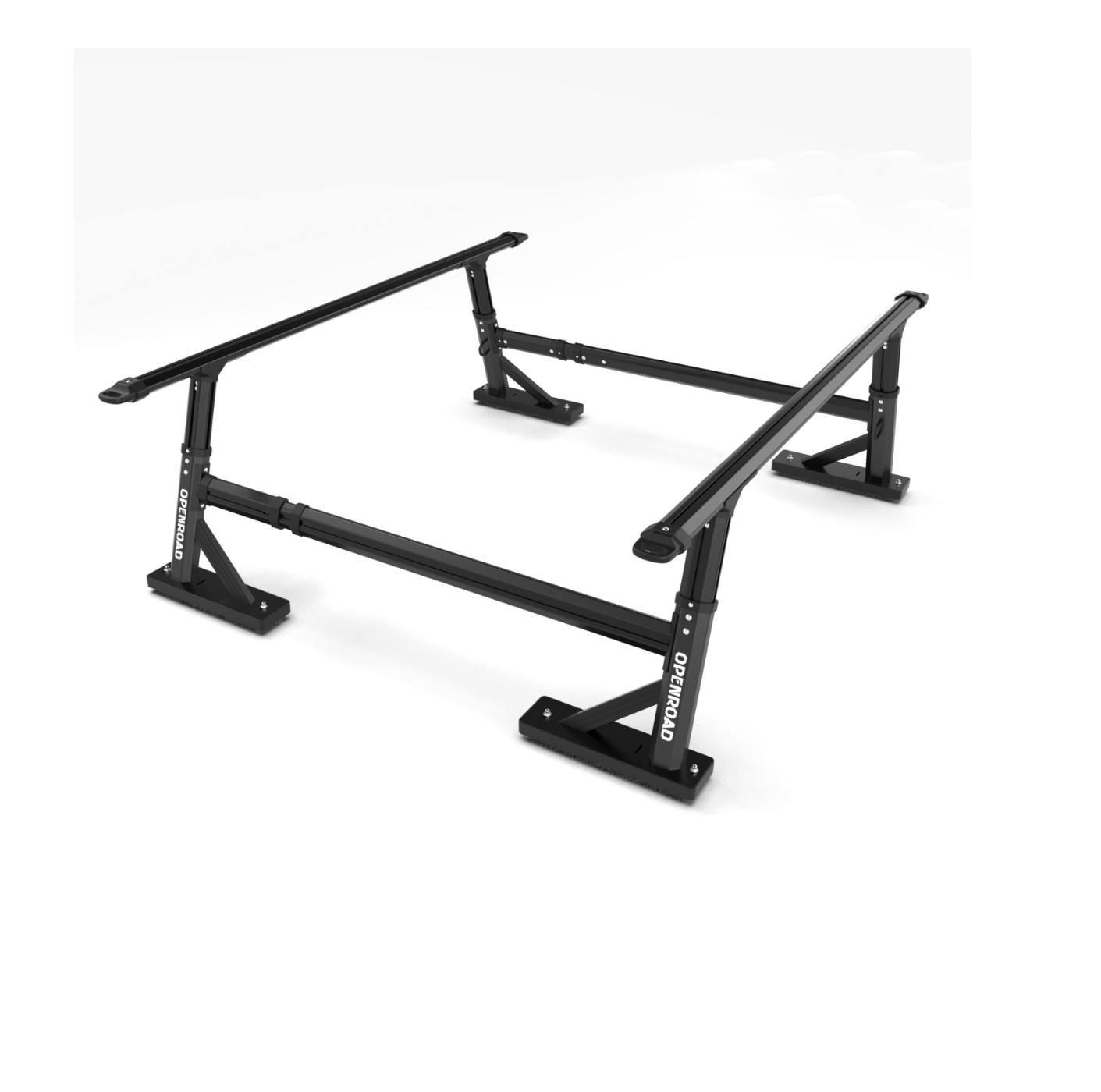
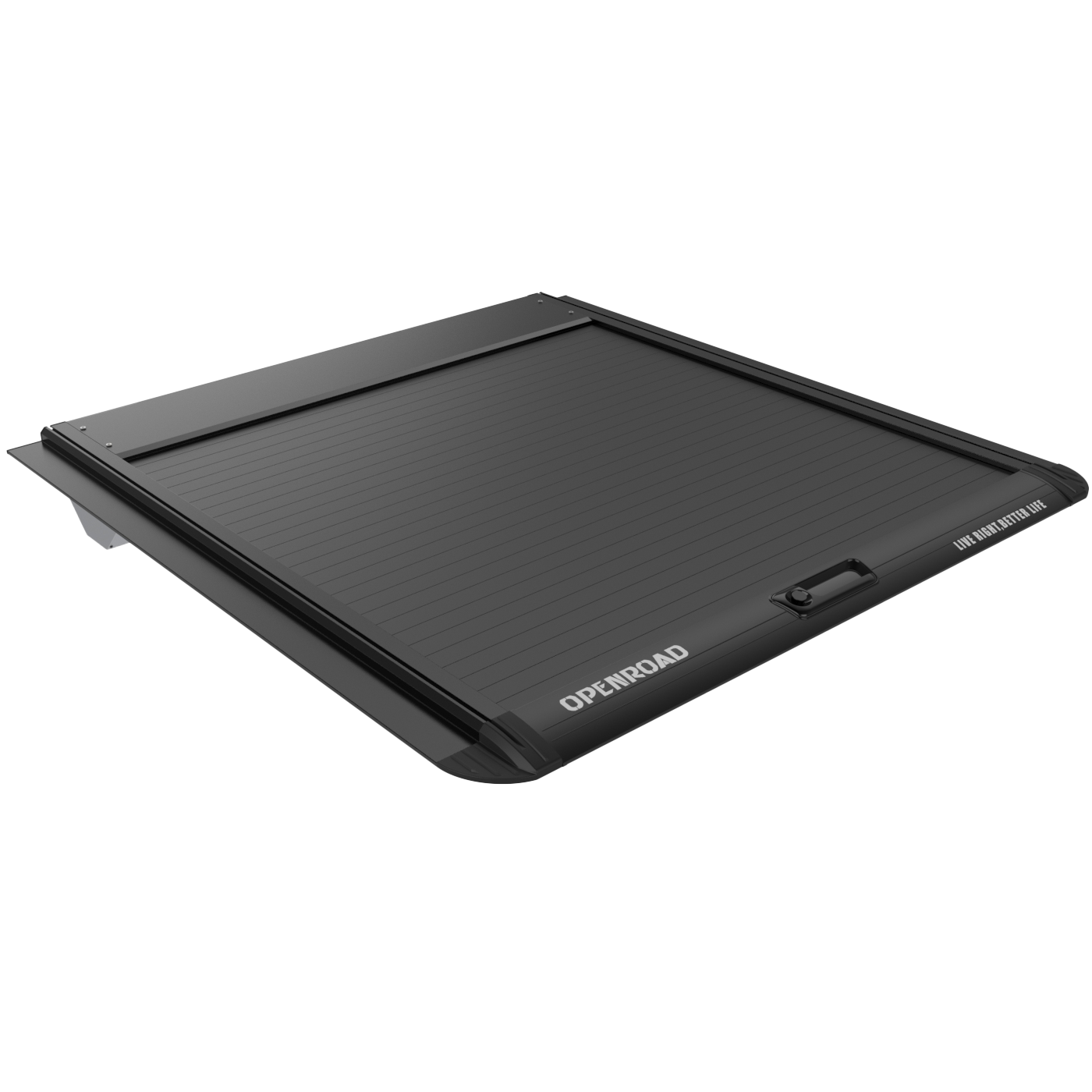
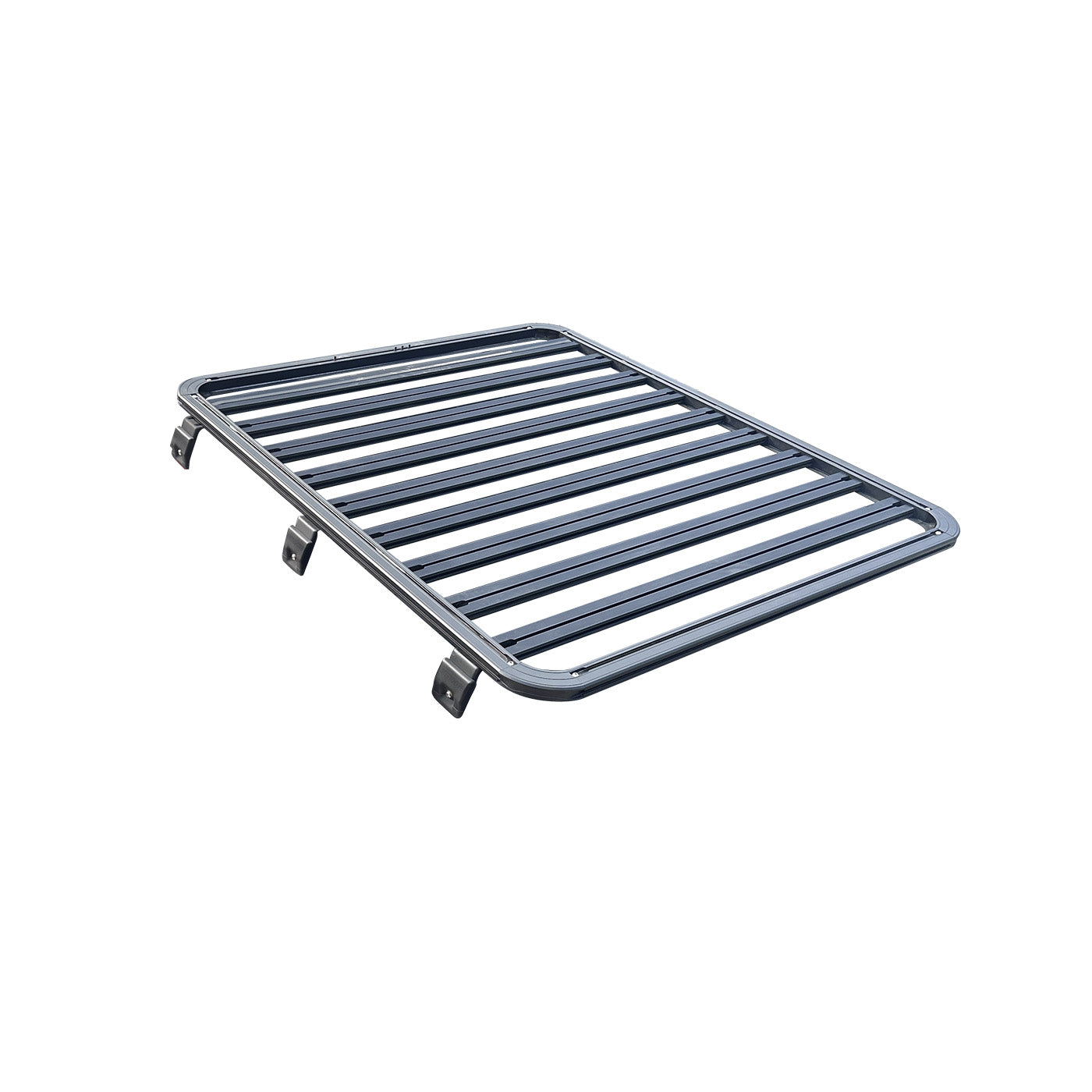
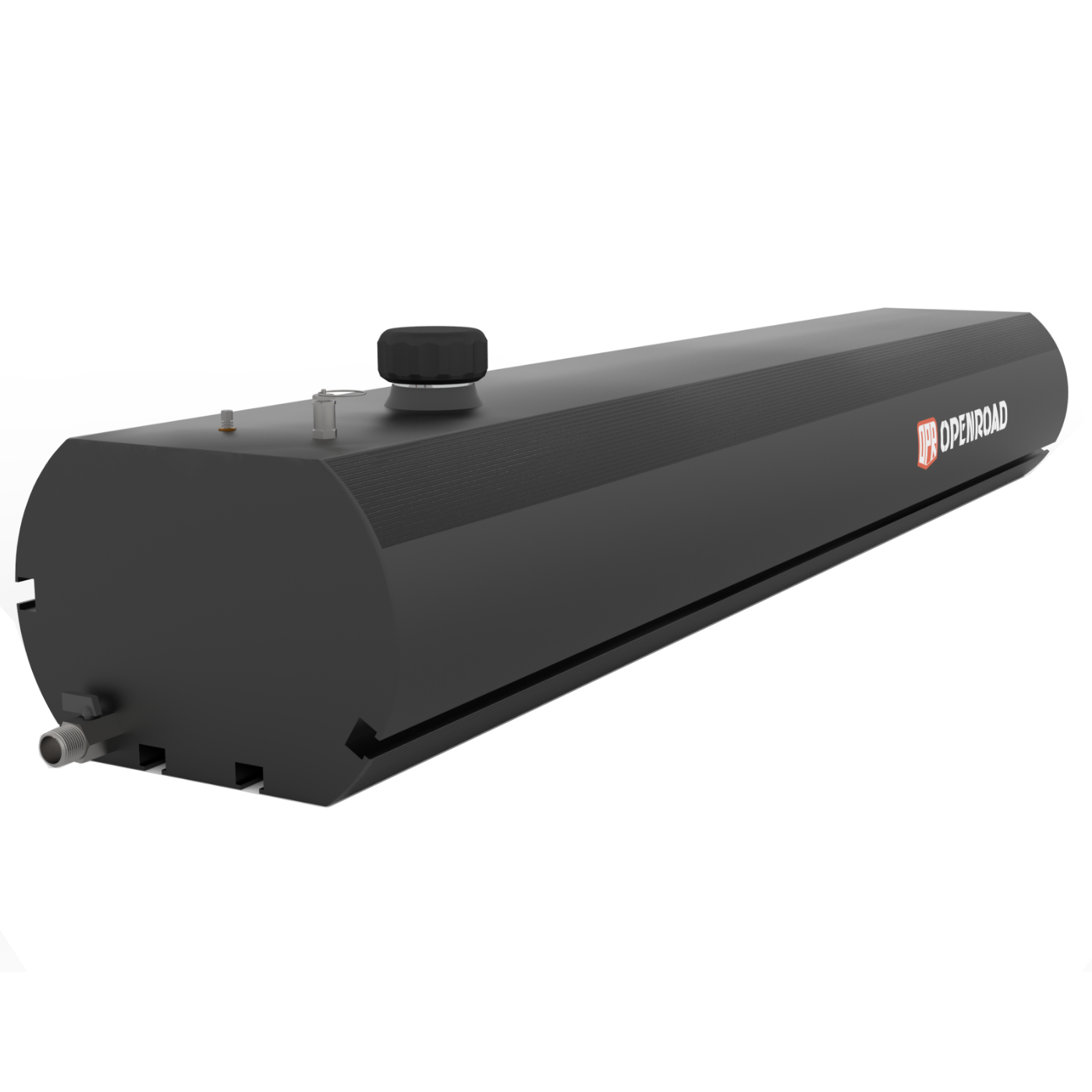
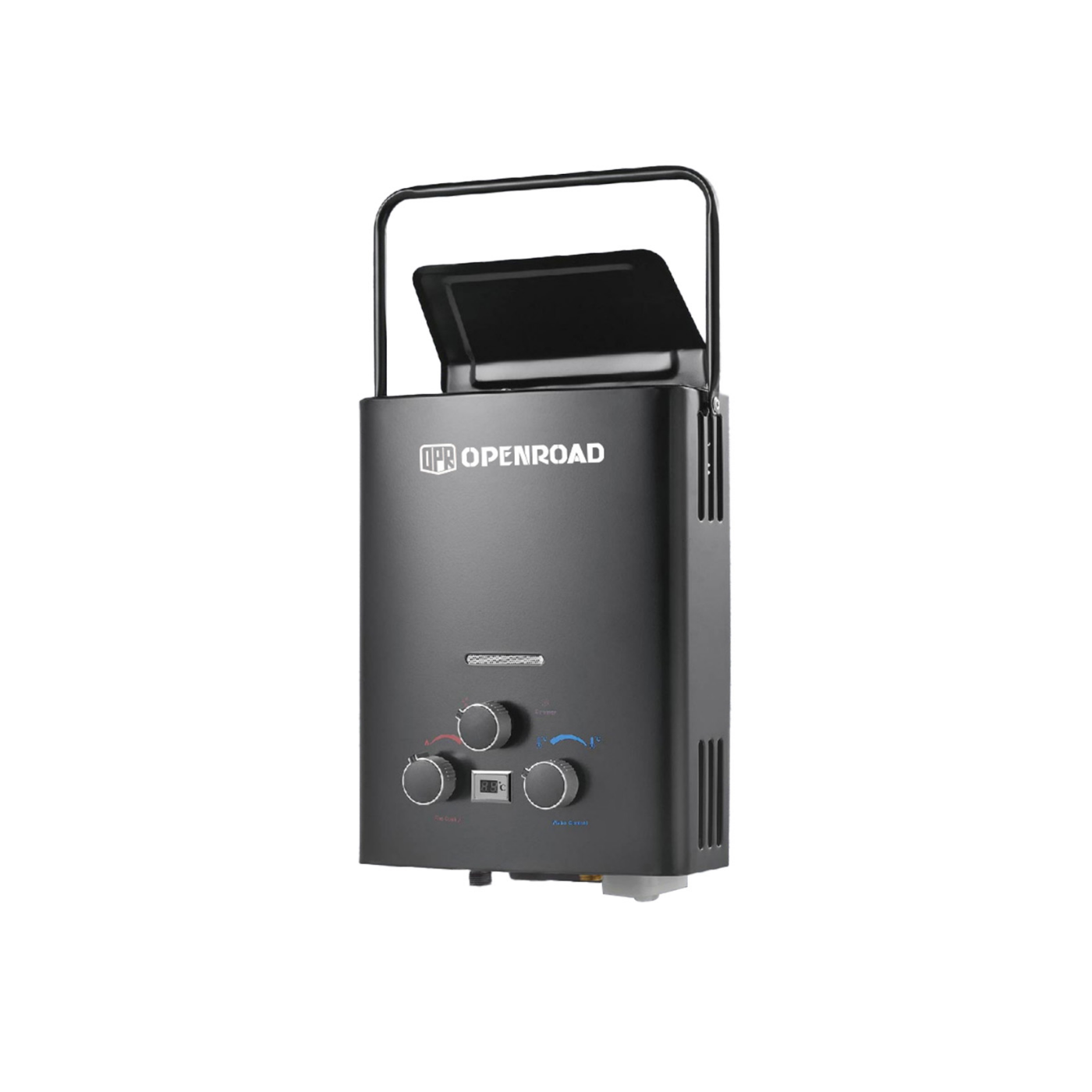
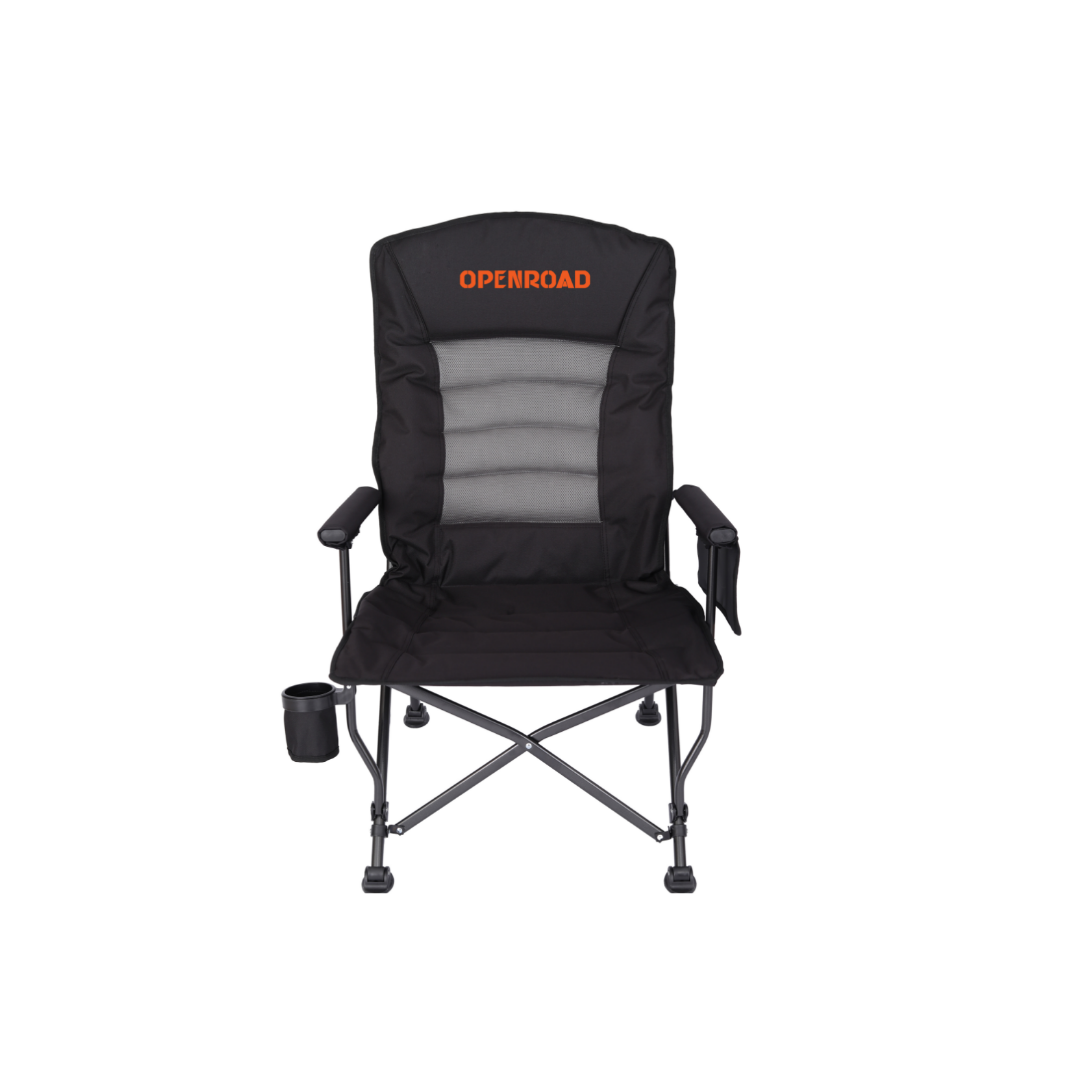
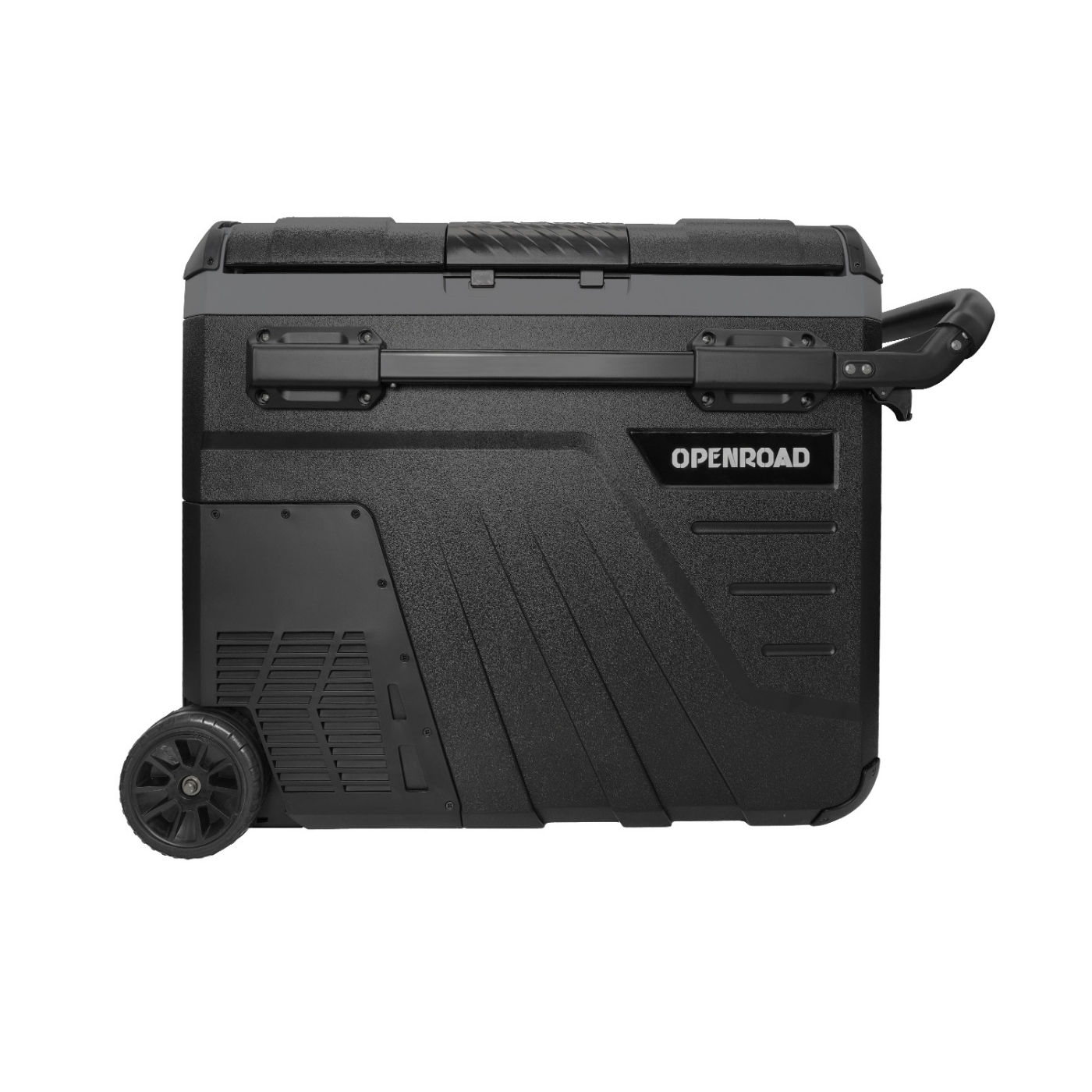
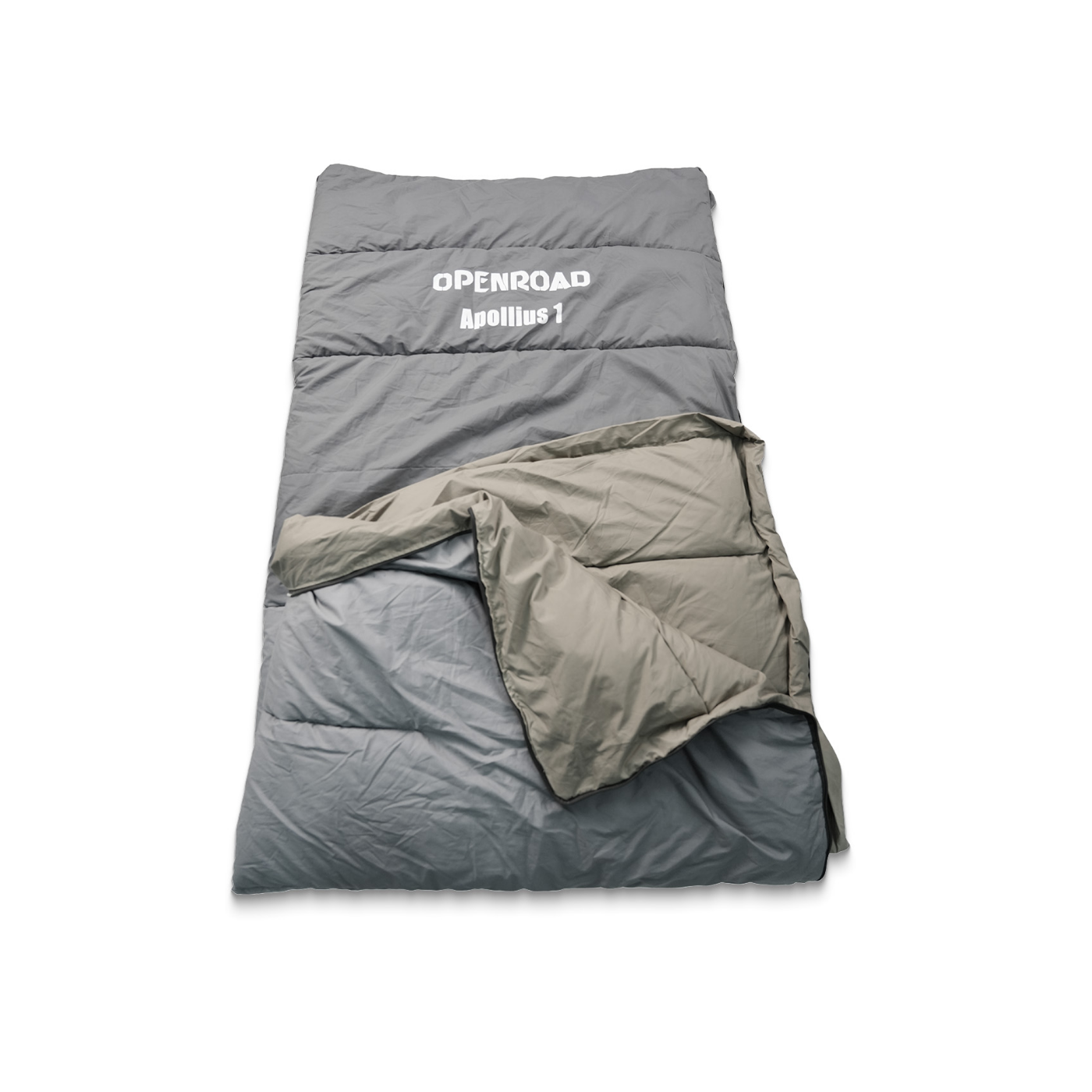
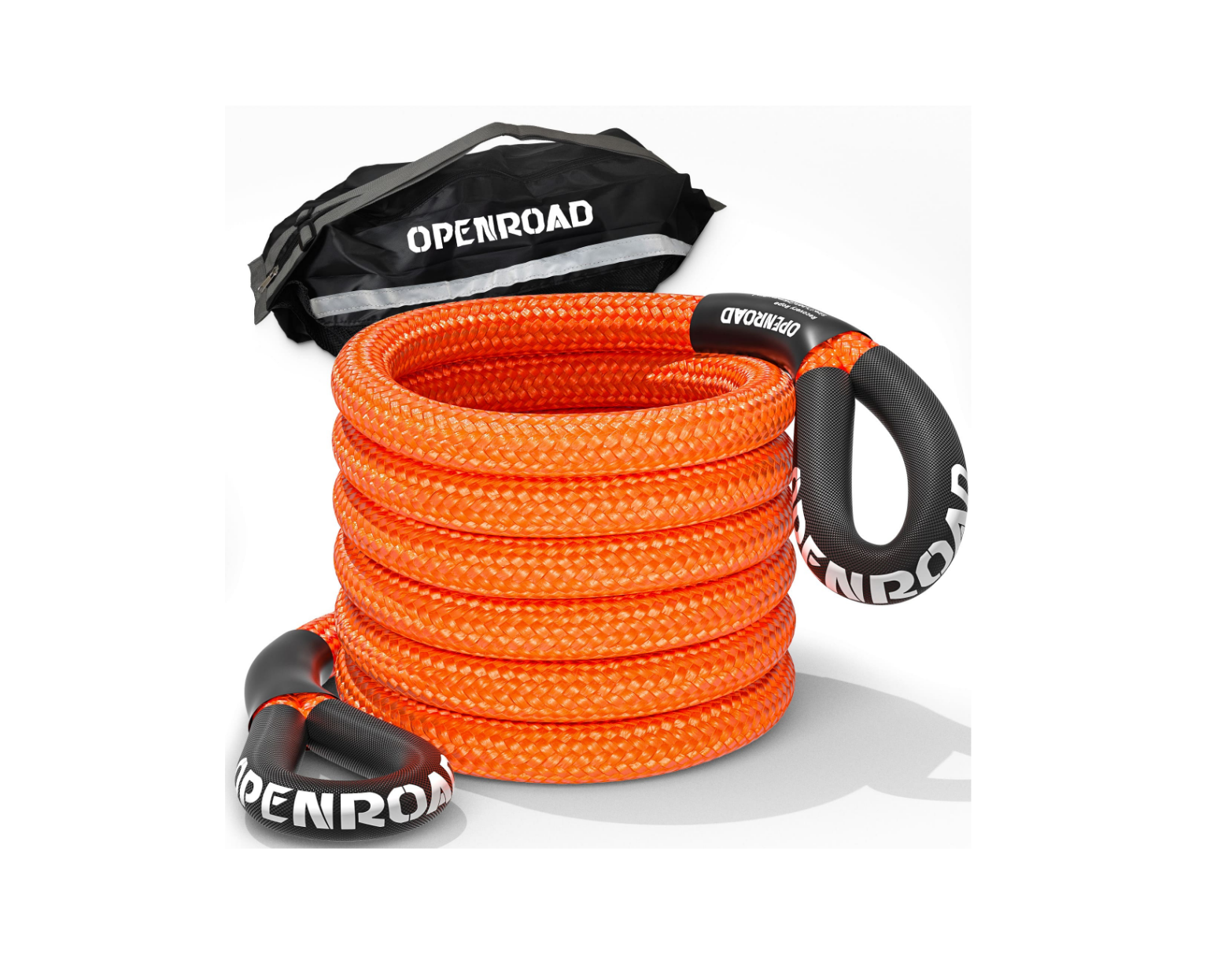
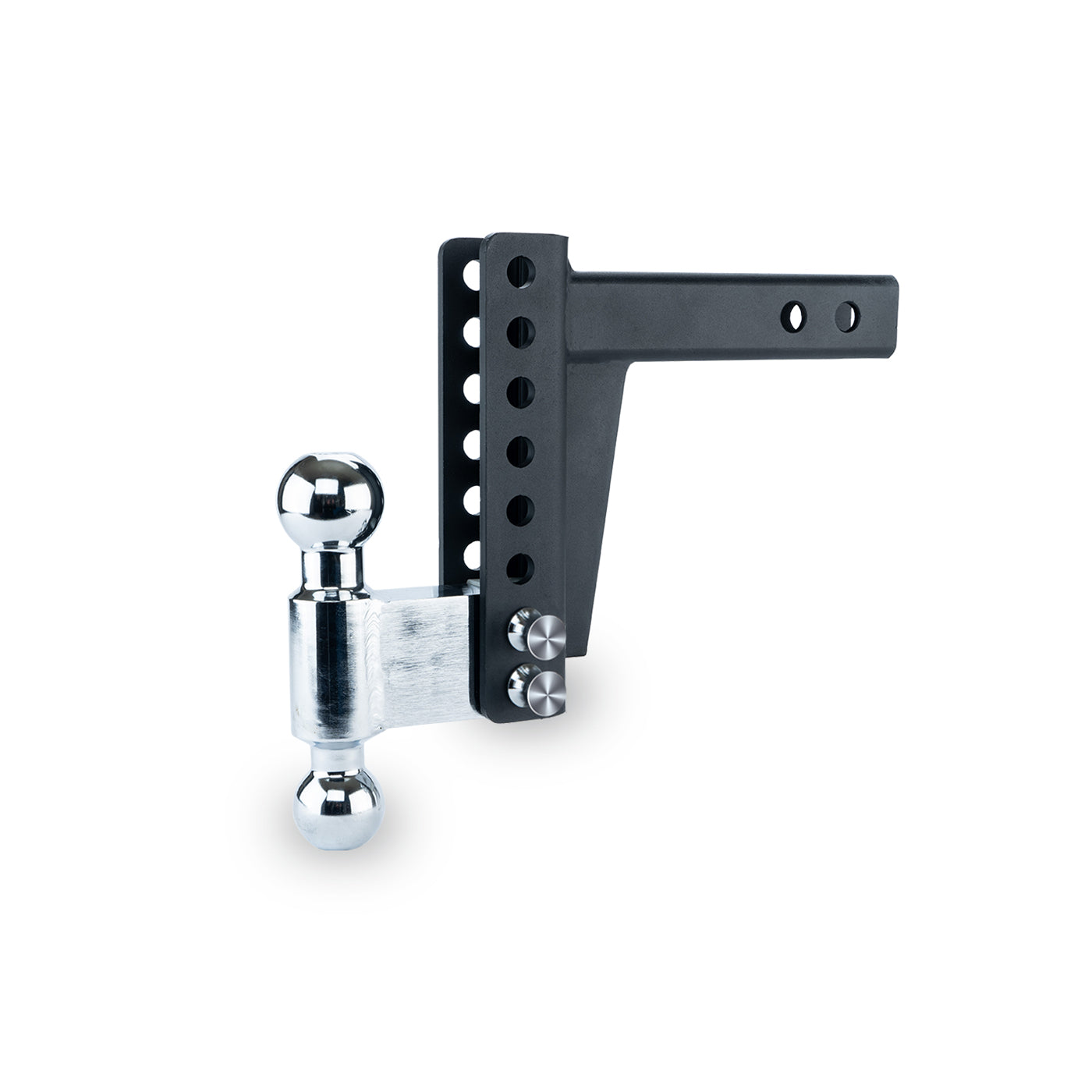
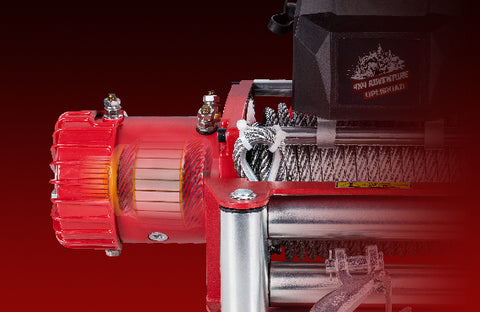




Leave a comment